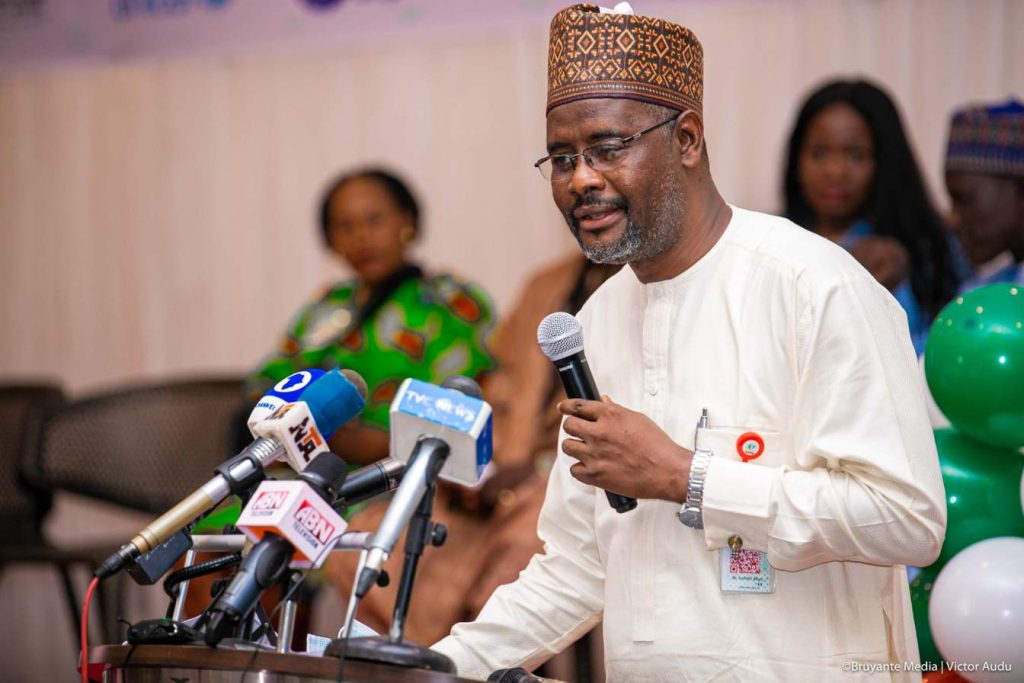Blog
Why HIV is no longer a death sentence in Nigeria- NACA Boss

In Nigeria, remarkable strides have been made in the fight against HIV/AIDS, particularly over the past four years. The achievements in HIV control programming and the national response have exceeded those of the last three decades. This progress is a result of the concerted efforts poured into the national response to the virus. We’ve taken HIV awareness and treatment to the doorsteps of individuals and communities, extending beyond health facilities. The response from Nigerians has been overwhelmingly positive.

Currently, over 1.8 million people are receiving treatment for HIV, and their response to the medication is closely monitored. It is worth noting that once the virus is undetectable, it becomes non-transmissible and ceases to affect other individuals. This is a key strategy in our goal to end AIDS: identifying people with HIV, making the virus undetectable, and maintaining that status so that the virus is no longer a threat.
Previously, Nigeria faced a high number of HIV-infected babies, primarily due to pregnant women not accessing antenatal services and HIV testing. However, we’ve expanded prevention of mother-to-child transmission services, making them more accessible at the community level. This has led to a significant reduction in mother-to-child transmission.
HIV in Nigeria is no longer the death sentence it once was. The widespread availability of free medication at over 2,000 health facilities across the country has been instrumental in making the virus virtually disappear. This approach, when adhered to, allows individuals to lead healthy lives, managing HIV as they would chronic diseases like hypertension or diabetes.
To ensure that every home has access to HIV self-testing kits, we are working to make these kits available at pharmacies nationwide. The convenience and privacy of these self-tests empower individuals to take control of their health.
Pre-exposure prophylaxis and post-exposure prophylaxis are essential preventive measures for those at high risk of HIV infection. These approaches aim to stop the virus from taking hold before or after a potential exposure. Pre-exposure prophylaxis is mainly for key affected populations, such as men who have sex with men and sex workers, while post-exposure prophylaxis is administered after incidents like needle pricks in healthcare settings.
The 90-90-90 strategy, introduced by UNAIDS, aimed to end the AIDS epidemic by 2030. In Nigeria, our current target is 95-95-95, which focuses on identifying 95% of people living with HIV, placing them on medication, and achieving viral suppression. This approach brings us closer to ending AIDS, with the ultimate goal of no more HIV-related deaths or new infections.
As we strive to achieve these goals, funding remains a challenge. While HIV control programs require significant financial support, we’re working on innovative strategies to bridge funding gaps in the coming years. The Nigerian government’s commitment and contributions have been significant, but finding new sources of funding will be crucial to sustaining our progress.
Together, we are on a path to change the narrative surrounding HIV in Nigeria. Our efforts continue to make a profound impact on the lives of those affected by the virus, and with ongoing support, we are optimistic about our journey toward ending AIDS by 2030.
